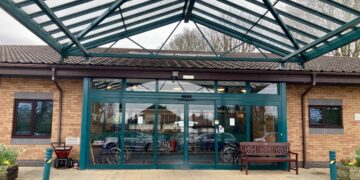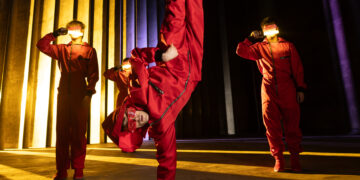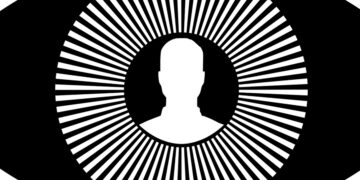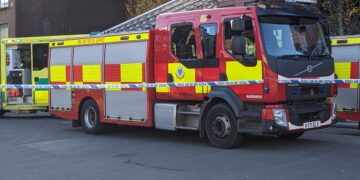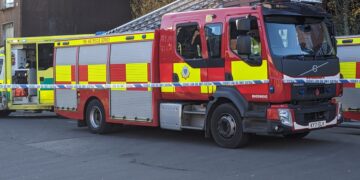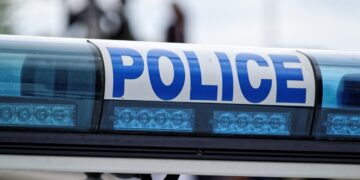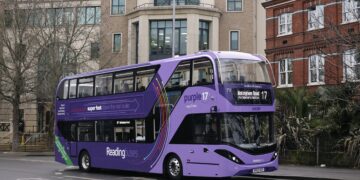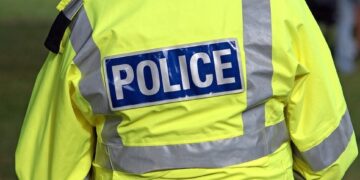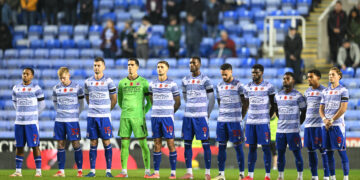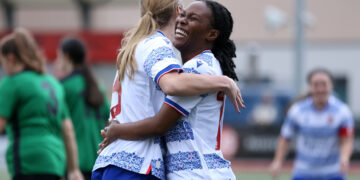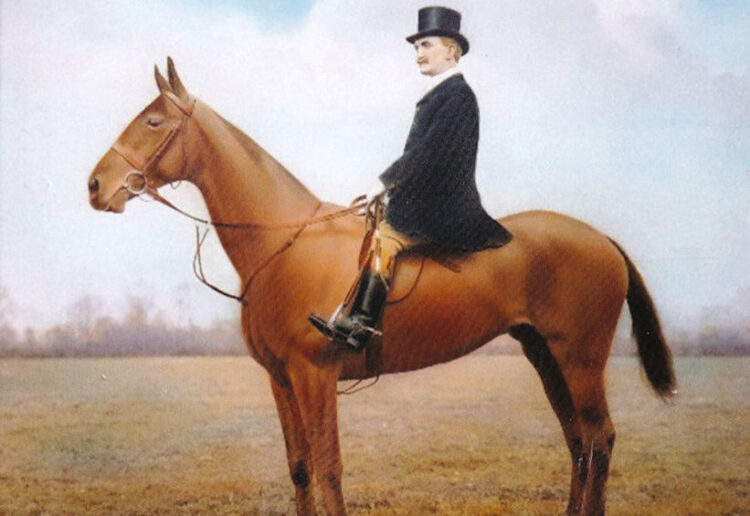OLIVER Dixon was the subject of a Wargrave Local History Society topic
A recent talk by local historian Caroline Piller at Wargrave Local History Society revealed the life of Oliver Dixon, a poor Irish farm boy who became one of Reading’s most successful horse dealers, supplying royalty across Europe.
Born in County Mayo in the 1860s as the eldest son of a struggling farming family, young Oliver’s future looked bleak.
Ireland was still recovering from the devastating Potato Famine, and agricultural life was harsh.
The family raised horses for export to England, and ten-year-old Oliver’s job was to ride them around the stable yard for potential buyers.
His big break came when Michael Donovan, a Reading horse dealer, was so impressed by the boy that he offered to take him to England to learn the trade.
Oliver’s parents agreed, and so began a successful career, but he never forgot his humble roots.
Oliver proved to have exceptional judgment in assessing horses’ potential.
He married Lucy, Donovan’s sister-in-law, and took over the business in 1894 after Donovan died from a horse kick.
Under Oliver’s management, the enterprise flourished.
He built substantial facilities off Crescent Road near Palmer Park, and began attracting wealthy clients.
His reputation spread internationally, and in 1911 he took a ‘beautiful blood grey Irish horse’ to Buckingham Palace for the Crown Prince of Germany, who bought it after a test ride.
Oliver sourced horses from famous Irish fairs and advertised everything from hunters to polo ponies, all ‘personally selected by Oliver Dixon’.
His proximity to Maiden Erlegh racecourse brought additional business from owners needing stabling and other services.
The Great War inevitably brought particular problems for Oliver
Seven of Reading’s eight major horse dealers closed by 1916 as men were called up and the army’s demand for horses became insatiable.
Oliver’s shrewd judgment kept his business running until his death in 1939.
After the war, his clientele became even more prestigious.
In 1920, the Queen of Spain purchased four horses from him, while Princess Yolanda of Italy visited his premises in 1922.
His photograph regularly appeared in fashionable Tatler magazine, and he became a judge at leading horse shows.
But despite his success Oliver, a devout Catholic, remained generous to his impoverished Irish community and was always warmly welcomed on visits home.
When he died aged 69 in 1939, he left £63,000 – equivalent to £4 million today – and 200 mourners attended his Requiem Mass at St James’s church.
Caroline Piller’s illustrated book, The Life and Times of Oliver Dixon, A Reading Horseman Remembered, is available at Reading Museum.
Wargrave Local History Society aims to provide space for study, discussion, and research into history – in general – and of the local area in particular.
The group meets in the Old Pavilion, Recreation Ground, Wargrave, on second Tuesday of the month, at 8pm
For information, visit: wargravehistory.org.uk

